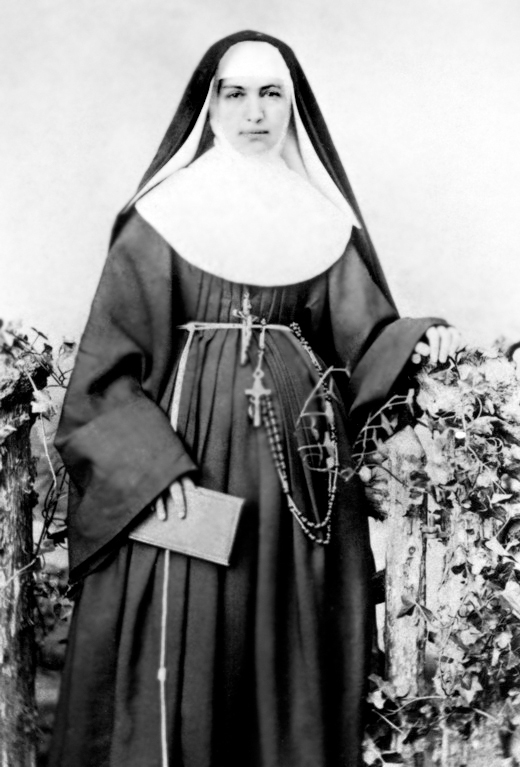
January saint: St. Marianne Cope
Though St. Damien de Veuster is well and deservedly known as the “Apostle to the Lepers” for his work in the leper colony of Molokai, Hawaii, another name is also associated with this particular calling. St. Marianne Cope, who both met and then cared for Father Damien when he, himself, contracted Hansen’s disease – the medical name for leprosy – eventually became his successor in his work when he died in 1889. In turn, she would become known as Mother Marianne of Molokai for her dedication to the lepers of Hawaii.
Marianne was born Barbara Cope in Germany in 1838; a year later, her family emigrated to America where they settled in Utica, New York. They joined St. Joseph Parish, and Barbara and her siblings were educated in the parish school there.
In the 1850s, Barbara and her father became naturalized citizens. Though drawn to a religious vocation at an early age, as the eldest child she went to work in a factory to help support her family. It wasn’t until her siblings were old enough to care for themselves that she entered the Sisters of St. Francis in Syracuse in 1862 and took the name Marianne. She began teaching at Assumption Parish school there and, at the time, had every intention of spending her life in a classroom.
But her natural gifts for leadership led her elsewhere. She became the superior of her order in a number of places and also served as its novice mistress. However, it was when she became the superior of St. Joseph Hospital in Syracuse that she learned much that would be of use to her when her vocation took her to Hawaii.
That call came in 1883 when the Hawaiian government was looking for someone to run the Kakaako Receiving Station for people suspected of having contracted leprosy. Mother Marianne, as she was now known, along with six other sisters, accepted the challenge and arrived outside Honolulu in October of that year. Within two years, they had introduced much needed changes, including cleanliness, pride and even a sense of fun. She saw to it that the women had both bright scarves and pretty dresses. In another move which was very unusual, she and her sisters also opened a home for what was termed “unprotected women and girls” within the compound itself. These were the healthy daughters of the patients, cared for by the sisters as no one else would approach them.
In his final illness, Mother Marianne also assured Father Damien that his work would continue when a new government came to power and decided that the hospital and receiving station should be closed. A previous policy of “alienation” was reinstated, and Mother Marianne was once again called upon to care for the “exiles” who had been moved to the Kalaupapa peninsula on Molokai.
Much of what Mother Marianne did was ahead of her time. She died in 1918 and was canonized in 2012. Her feast day is Jan. 23.
Sources for this article include:
catholichawaii.org/catholic-essentials/saints-traveling-relics/history-of-hawaiis-saints/saint-marianne/
franciscanmedia.org/saint-of-the-day/saint-marianne-cope/
vatican.va/news_services/liturgy/saints/ns_lit_doc_20050514_molokai_en.html

